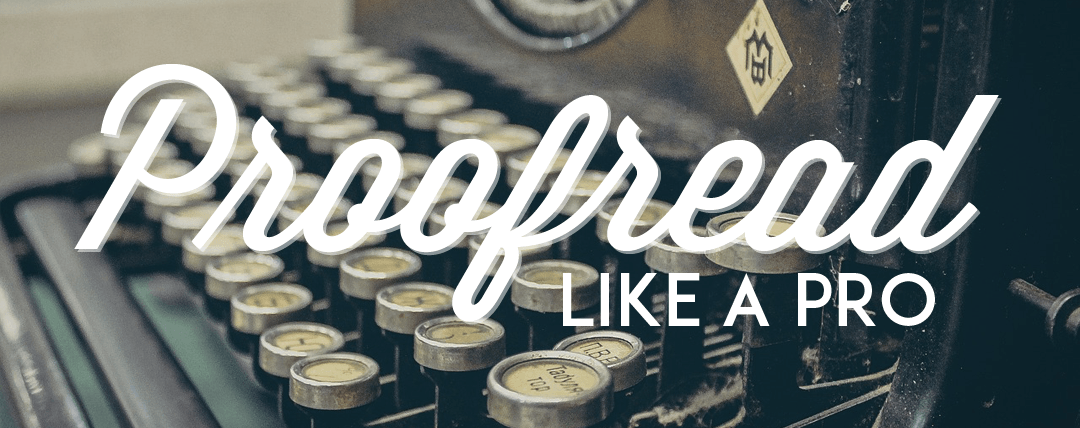The rather simple answer to this question is because Lord knows I am not perfect. However, that would perhaps form a shorter blog than my regular readers are used to. I know so many of you look forward to that Monday morning notification that informs you that I have written a brand spanking new blog.
So instead, I am going to alter the narrative of this shamelessly sensationalised title and give some top hints and tips on how to proofread your work. Learning from my own mistakes, as well as having asked my WhatsApp group of highly experienced, professional proofreaders, I have come up with some genuinely helpful hints that should help improve your content.
- Repetition
Often, when writing, we come across words that we feel complete us as people. Mine alters weekly, this week it is ‘robust’ – a word that is almost onomatopoeic in meaning; two syllables of strength and determination. I am a huge fan. However, I can get a little over-enthusiastic in using these words; seasoning my prose a little too liberally with whatever is word of the week. So I always make sure to check for this when reading my work – a simple way of doing this is pressing ctrl + f, which will allow you to search through a document. See below for a helpfully added example.
- Continuity
When writing you may choose to use “we” or “I”, you may prefer the active to the passive or veer towards the present rather than the past. Whichever you choose it is highly important that you maintain this tone throughout not only your piece of content, but the copy on your entire site. There is really no right or wrong in this decision, the important thing is that you hold firm and stick with it. Hopefully, this should prove to be one of your easier decisions in life.
- Spell check
Spell check is extremely helpful, however, it has its limitations. Sadly, it encourages us to use American spellings, like ‘utilize’ instead of ‘utilise’ and ‘color’ instead of ‘colour’. Make sure to watch out for these as, particularly in writing emails, they can look a little out of place. Unless you are actually American and happened to stumble across my lovely blog in which case I, on behalf of most sane people in the UK, are just so sorry. There are also a number of words that are mightily close in spelling, but entirely different in definition. For example ‘create’ and ‘crate’ – one is an action and one is a thing. However, spell check doesn’t always account for context and may well allow you to crate a nice new blog. Again, just something to watch out for.
- Read it back to front
This may sound extremely simple, but as we proofread we always tail off towards the end. We get distracted with thoughts of food, drink or perhaps the state of society (which reminds me it’s almost dinner time). Whatever your vice, make sure to read top to bottom and bottom to top – it should help you spot far more of the mistakes. In a similar vein, always print off your work as you will spot more mistakes on paper than you do on screen.
- Proofreading checklist
Finally, create a proofreading checklist of mistakes you often make, which should also help you perfect any piece of writing.
I am proud to say that this document was written by me, but proofread by Lauren, which basically means that if you find any mistakes you can blame her.
And if you have any questions and would like to talk to me about my very own proofreading service, feel free to give me a call on 07826 857 882 or drop me a line on helena@helenabaker.com

